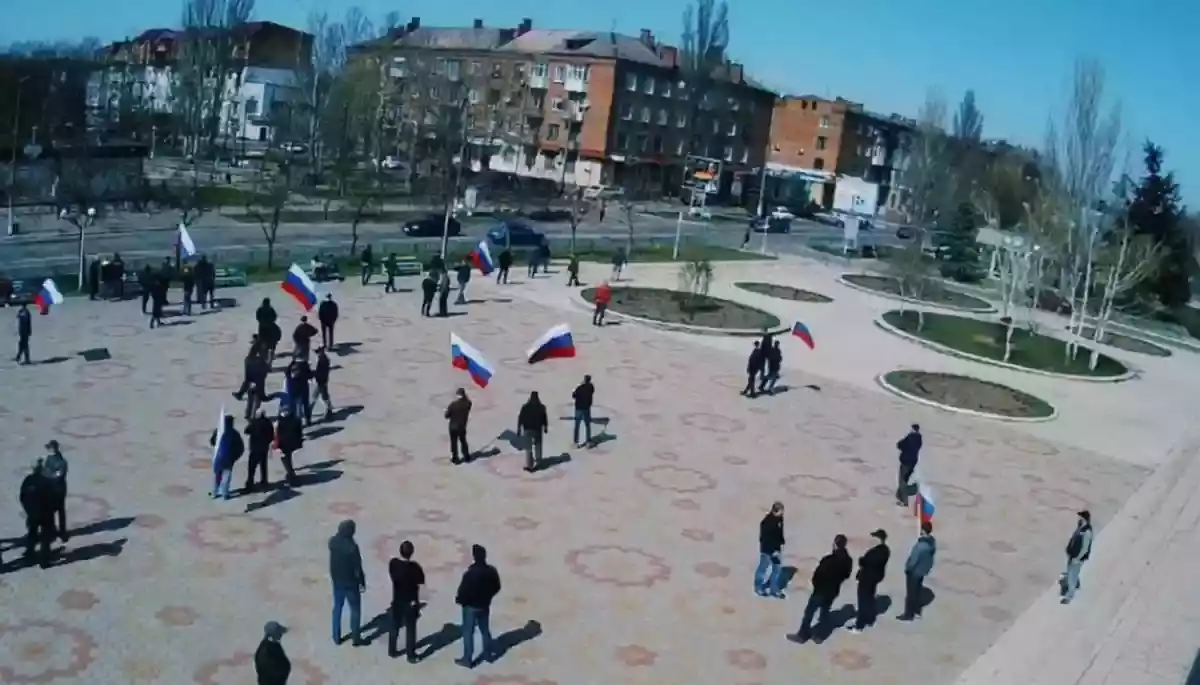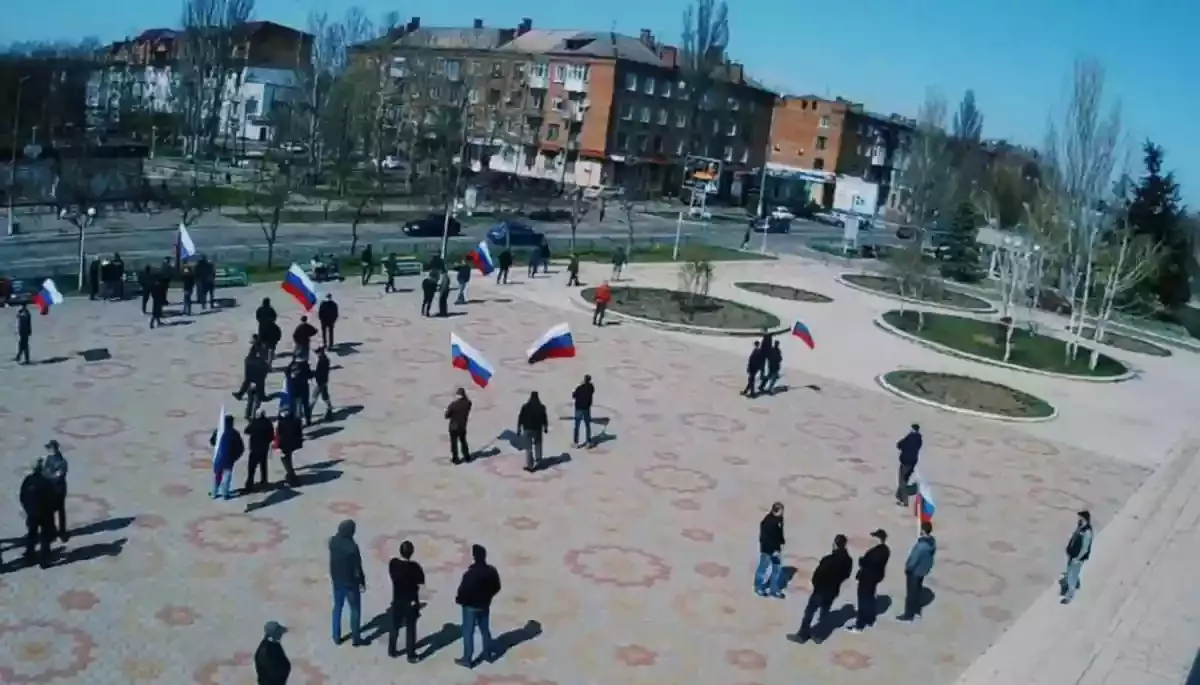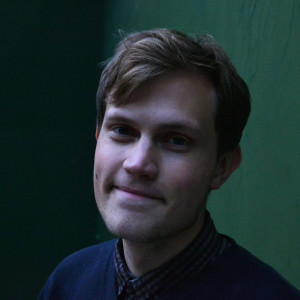
«Now we will live to the fullest!». How and why Russia has created a Telegram channels network for the occupied territories of Ukraine
«Now we will live to the fullest!». How and why Russia has created a Telegram channels network for the occupied territories of Ukraine


Читати українською.
The Ukrainian Telegram segment has changed significantly since the beginning of the full-scale war. Detector Media has recorded the creation and promotion of new anonymous Telegram channels. Many of them are channels that Russia uses to legitimize the occupation of specific villages and cities and to establish control over the information environment. Detector Media analyzed such Telegram channels to understand how Russia uses them to spread propaganda and whether such channels are even popular.
In this research, we call such channels "occupational" ones. By this, we mean that these are the Telegram channels that, in their title or description, mention a specific city or region of Ukraine which were or still is under the Russian occupation since February 24th, 2022. These are also Telegram channels of the towns that Russia planned or still plans to occupy. All these channels spread Russian propaganda. Channels related to the territories occupied by Russia before February 24th, 2022, are not analyzed in this research.
What Telegram channels have the Russian occupiers created recently?
We managed to find 88 newly created Telegram channels of the occupiers. However, their list is growing. The vast majority of such channels were registered a few days after February 24th. A significant part of local channels was created long before the actual military occupation of the cities, and some of those are the ones that the Russians did not manage to occupy. Conventionally, such channels can be divided into two categories:
-
Those that can act as "official" sources of the occupiers. That is, such Telegram channels post on behalf of the occupiers. For example, inform about humanitarian aid or call for reporting on the movement of Ukrainian military equipment;
-
Those that mimic the media's behavior, i.e., publish news about the occupied city/village but are overfilled with propaganda and misinformation.
CHANNELS VISUALIZATION
Most of such channels are in the South, East, and North of Ukraine, particularly around Kyiv. This is logical because, in these areas, the territories were or remain occupied. We also see the channels of settlements never occupied by the Russians, for example, the Telegram channel of the town of Berezan near Kyiv. This means that the Russians planned to occupy it and tried to prepare information-wise. The occupation failed, so the Telegram channel became unnecessary.
MAP OF TELEGRAM CHANNELS
Are the Telegram channels of the Russian occupiers popular?
It is important to understand that it is impossible to check whether the Telegram channels’ subscribers are bots or similar to bots because the social network does not provide a list of profiles subscribed to the channel. It is also impossible to verify the geography of subscribers. However, the authenticity of the Telegram channels' popularity can be judged by other indicators. In particular, the dynamics of subscribers’ growth. The vast majority of these Telegram channels were created in late February or early March. The rapid increase/decrease in the number of subscribers indirectly indicates that these are the bots. An example is the “Berdyansk Tomorrow“ (Бердянськ завтра) Telegram channel, in which we see an unnatural rise in the number of subscribers between March 28th and 29th. It is noteworthy that there was no mobile communication in the city at that time, and Ukrtelecom was the only cable Internet operator.
Next, what we see in most channels are the active unsubscriptions. There may be several explanations for this. First: the Telegram removes the bots. It is true that Telegram regularly removes bots, although it does not report it publicly, unlike other social networks. The second explanation is a lack of resources. It does not make sense to maintain the Telegram channels of those settlements, which are unlikely to be captured in the nearest future.
In addition, it was technically challenging to find some of these channels as Telegram itself hides them in the search. Usually, the Telegram does this when it records the cheating in terms of the number of users.
The constant growth of subscribers is observed mainly in the channels from Kherson and Zaporizhya regions. Most probably, Russia has decided to focus on promoting these channels. Residents of the Russian-occupied territories may be forced to subscribe to specific Telegram channels. There is a lot of evidence of Russia's attempts to control the information space. Detailed dynamics of the occupiers’ Telegram channels and their subscribers can be found here.
What do the Russian occupational channels post about on the Telegram?
In general, the content of these Telegram channels is quite easily predicted. We see outright Russian propaganda and misinformation. Russian politicians and representatives of the occupying power of the already seized parts of the Donetsk and Luhansk regions are most often mentioned. The vast majority of these Telegram channels duplicate the content of Russian propaganda media. However, since these Telegram channels are locally-based, some content is directly relevant to the residents of specific cities and towns. Propagandists often try to pretend to be "local" to gain trust from the real locals. However, the details are mercilessly revealed. For example, Primorsk was called an "urban-type settlement", yet it has long been a city. Or "paskas" were called "kulichi".
The most popular topics on the occupiers' Telegram channels are:
-
Discreditation of Ukraine and its leadership, including mayors and regional administrations.
-
Russian military victories and demonization of the Ukrainian army.
-
Conspiracy theories about the actions of the "collective West" in Ukraine.
-
Local "denazification": reporting on "nazis" whom the Russians allegedly managed to catch in the occupied settlements and also informing about the destruction of Ukrainian state symbols.
-
"Restoration of normal life after eight years of suffering." Much of the information is related to the life of the occupied cities, particularly the schedules of shops or churches and the education of children in school. However, the propagandists present all this under the guise of the "Russian world" victory. Preparations are underway for the May 9th celebrations.
-
New "administrative units" such as the self-proclaimed "DNR" and "LNR". Propagandists try to explain why such a path is beneficial for Ukrainians and generally advertise the "benefits of Russian occupation." For example, they write that Russia will write off debts for utilities.
-
Evacuation. Most readers are urged to evacuate to the previously occupied parts of the Donetsk and Luhansk regions or the occupied Crimea. Information on evacuation corridors officially agreed with Ukraine is rather an exception.
-
Humanitarian aid from Russia. Propagandists assert that Russian aid is a salvation from the humanitarian crisis that the Ukrainian political leadership must be blamed for.
Why should we assume that these "occupational" Telegram channels have been created specifically by Russia?
The first reason is clear coordination. Telegram channels are created based on a specific principle. Moreover, some of them are under one “brand”. This applies to the channels of settlements in the North, South, and East of Ukraine. This means it is possible to create a whole network of Telegram channels from Vasylkiv to Tokmak synchronously and simultaneously, only if there is clear coordination. In addition, most channels were created right after February 24th, which again casts doubt on the natural, voluntary, and rapid organization of the "Russian world" supporters.
Secondly, we see a close correlation based on the reposts and mentions of other "occupational" Telegram channels and their links to the Russian propaganda channels, which are marked as "Other" in the visualization. The circle size represents the number of subscribers, and the direction of the arrows shows which channel spreads whose posts. The schedule is interactive - hover over the visualization for more information.
SEE THE VISUALIZATION BY THE LINK
Clusters of occupational channels - many yellow circles of approximately the same size - show a network created under one brand: all channels are named by the same rule, in which first is the name of the settlement, and then the addition of "ru"; everyone has the same main photo - the Russian flag. It is noteworthy that when certain settlements could not be occupied, "ru" was replaced by "ua" and "ru ua", but this did not reduce the share of propaganda. We see that the channels of this network are very closely interconnected. The constant distribution of each other's posts and the almost complete absence of posts from other channels creates a certain information vacuum. If a user subscribes to such a channel, they will see many reposts and mentions of different channels, which creates the illusion of a variety of sources, although, in fact, all these channels are filled with the same disinformation messages.
Posts from the other channels are regularly shared by the Telegram channels of Russian propagandist media. In this scheme, it is interesting to see the Belarussian Telegram channel "Yellow Plums" (Желтые сливы), which is openly pro-Lukashenko, or the pro-Russian blogger and politician Anatolyi Shariy. There are also those Telegram channels that the SBU has recognized as those administered by Russian intelligence.












